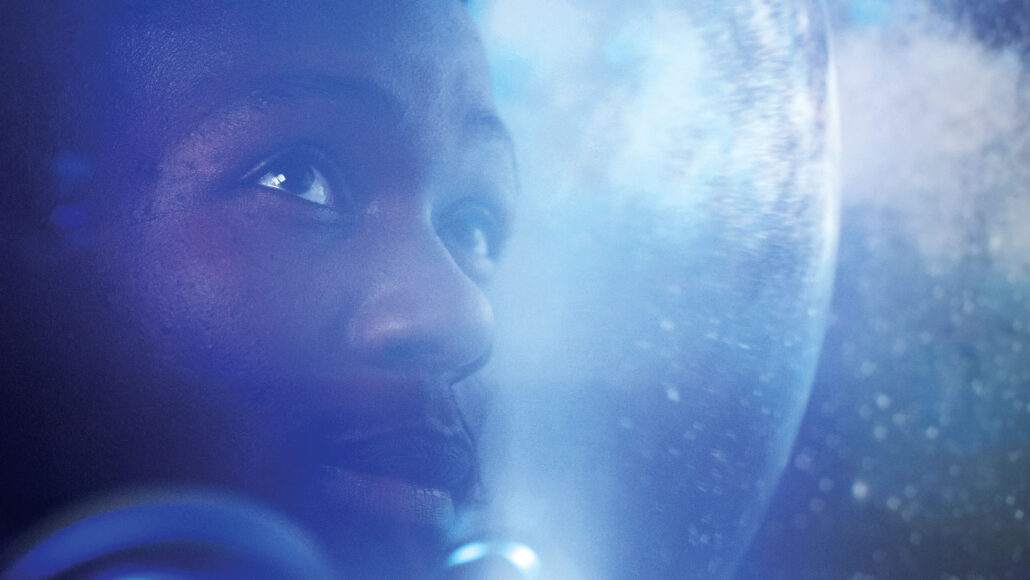Questions for ‘The next astronauts to walk the moon will be more diverse than the last’

NASA’s Artemis program is expected to send the first woman and first person of color to the moon.
JANIECBROS/E+/GETTY IMAGES PLUS

NASA’s Artemis program is expected to send the first woman and first person of color to the moon.
JANIECBROS/E+/GETTY IMAGES PLUS
Register to access:
An error occurred. Please try again.
Already Registered? Enter your e-mail address above.